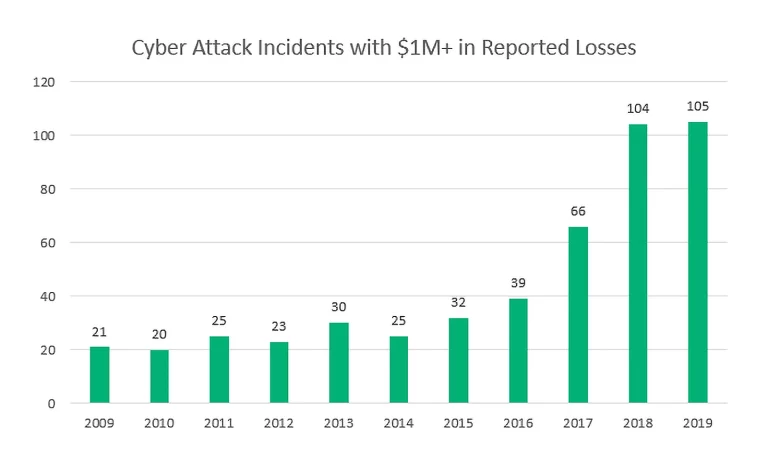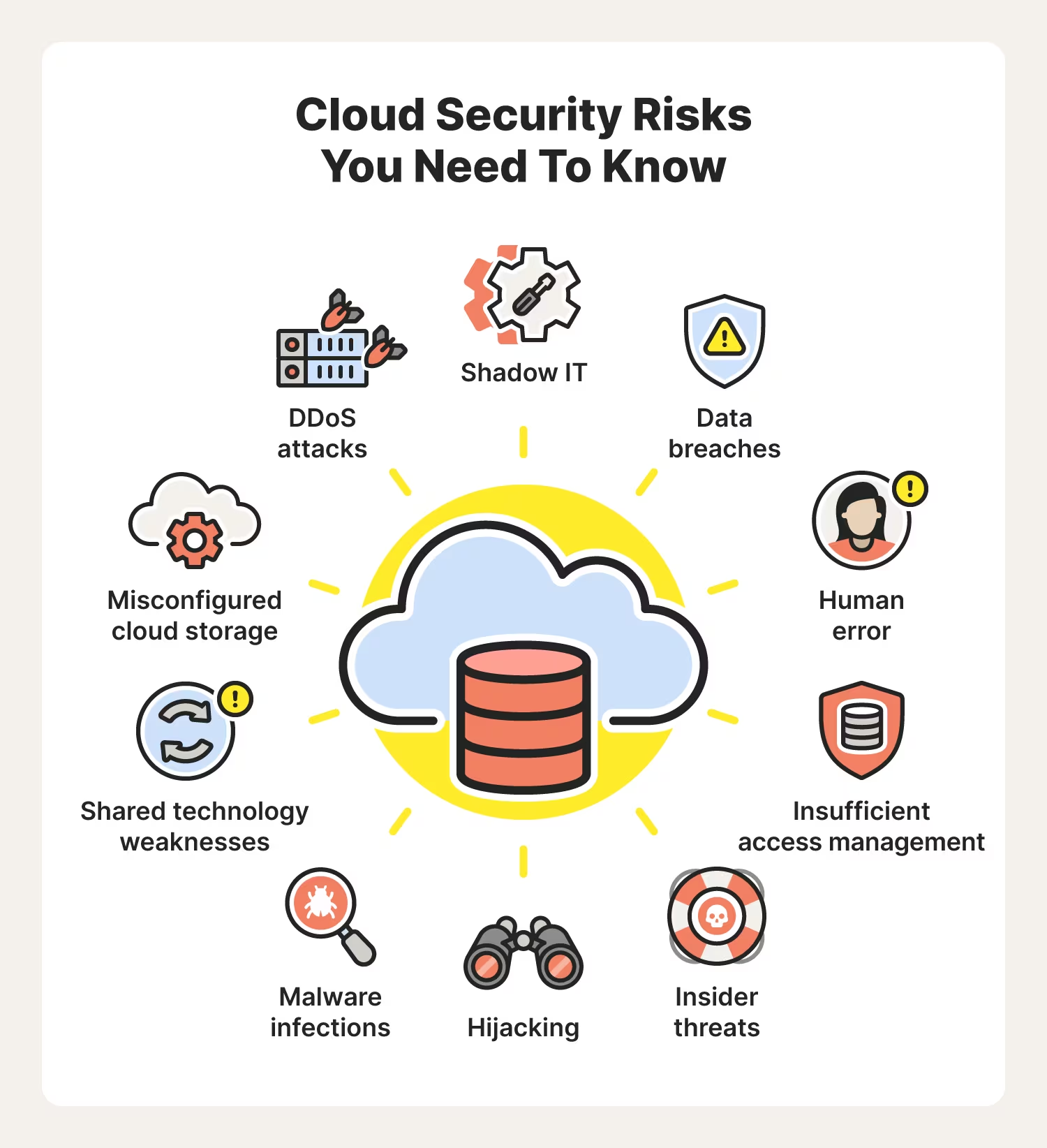Many large enterprises, SMBs, service providers, and governmental organizations use Fortinet for its cybersecurity solutions. One area of security that organizations of all types need to focus on – and one of Fortinet’s strengths – is endpoint security.
In 2020, there was a seven-fold increase in ransomware attacks compared to the previous year alone. That is a monumental change – and one that could put the finances, productivity, and reputation of many companies at risk. Cybercriminals are continually evolving their tactics when it comes to ransomware attacks. They are able to compromise critical systems and data, and then demand hefty sums of money in order to halt the attack.
While there are several ways you can prevent and minimize the risk of ransomware attacks, investing in endpoint security is becoming an increasingly popular strategy amongst businesses.
Let’s take a look at how Fortinet’s focus on endpoint security can help your organization, whatever its size, in combating the threat of ransomware.
The Problem With First-Gen EDR Tools
The issue with first-generation endpoint detection and response (EDR) tools is that they cannot keep up with the nature of security threats today. These tools require manual triage and responses that are too slow for fast-moving threats and they create a huge volume of indicators that increase the workload of cybersecurity teams (who already have enough on their plate).
In addition, these legacy tools drive up the cost of security operations and can end up slowing down network processes, which ultimately impacts business.
The Benefits of FortiEDR
FortiEDR is an innovative endpoint security solution that many companies find useful in protecting themselves from ransomware attacks.
Real-Time Breach and Ransomware Protection
To effectively deal with a ransomware attack, you need to detect and stop it in real-time, and automatically, which is what FortiEDR is capable of doing. Should a ransomware attack take place, FortiEDR can protect data on compromised devices, preventing data exfiltration and protecting against ransomware encryption.
Optimized Incident Responses
FortiEDR is able to optimize responses to ransomware attacks in various ways, including:
- The ability to create customized incident response processes based on endpoint groups, asset value, and incident classification
- A consistent security incident response
- Optimized use of security resources
- Automated, real-time incident responses like isolating devices, terminating malicious processes, and wiping malicious files
- The option to specify remediation processes to automate cleanup and reverse malicious changes without needing to take machines offline
- A managed detection and response (MDR) service that can enhance a company’s security operations center (SOC)
Secure POS Systems
One of the common targets of a ransomware attack is credit card information. Cyber criminals can steal thousands – even millions – of people’s credit card details and demand a ransom, otherwise the hackers won’t return the protected data.
For example, in 2020, the Maze Ransomware group claimed to have stolen the credit card information of 11 million customers belonging to the Costa Rican bank BCR. This group also delivered ransomware attacks against IT services giant Cognizant and Hammersmith Medicines Research, a London-based clinical trials research unit.
These sorts of data breaches often result from inadequate security measures. FortiEDR, however, protects credit card user data at point of sale (POS) systems. FortiEDR is Payment Card Industry Data Security Standard (PCI DSS) certified and it prevents data exfiltration in the event that a system is compromised.
Furthermore, FortiEDR offers virtual patching to protect POS systems from vulnerabilities in between planned maintenance windows. While the POS systems are being patched during these periods of maintenance, FortiEDR ensures they are kept secure when any routine updates are occurring.
Endpoint Visibility and Control
There are many cases in which a ransomware attack occurs and compromises sensitive data due to an organization lacking endpoint visibility. In terms of improving endpoint visibility, FortiEDR can help businesses:
- Understand what is accessing their network and where
- Monitor devices
- Continuously assess potential threats
The Detection of Rogue Devices
Rogue devices are those that exist solely for the purpose of doing harm to your network. They exist to steal sensitive information or disrupt network operations, and in some cases they can even cause permanent damage (e.g. losing important data or one’s reputation permanently). Cyber criminals will use rogue devices for carrying out their ransomware attacks.
With discovery and risk mitigation capabilities, FortiEDR allows cybersecurity teams to identify and proactively control rogue devices (i.e. unprotected or unmanaged devices), IoT devices, and applications that may pose a security threat.
Machine Learning
Utilizing AI as part of your cybersecurity strategy against ransomware is essential. Relying on automated incident detection, response, and remediation can ease the workload pressures that your cybersecurity team may be facing. But you shouldn’t neglect the power of machine learning, as this will allow your endpoint security software to improve automatically through experience and the use of data.
FortiEDR has incorporated machine learning into its anti-malware engine, which provides effective protection against ransomware. Machine learning is necessary in an age where cyber criminals are constantly developing new kinds of ransomware attacks.
The past few years have seen security threats that first-gen endpoint security software is often not equipped to deal with. To ensure the continued success and reputational strength of your enterprise, you should consider an endpoint security solution from Fortinet.


